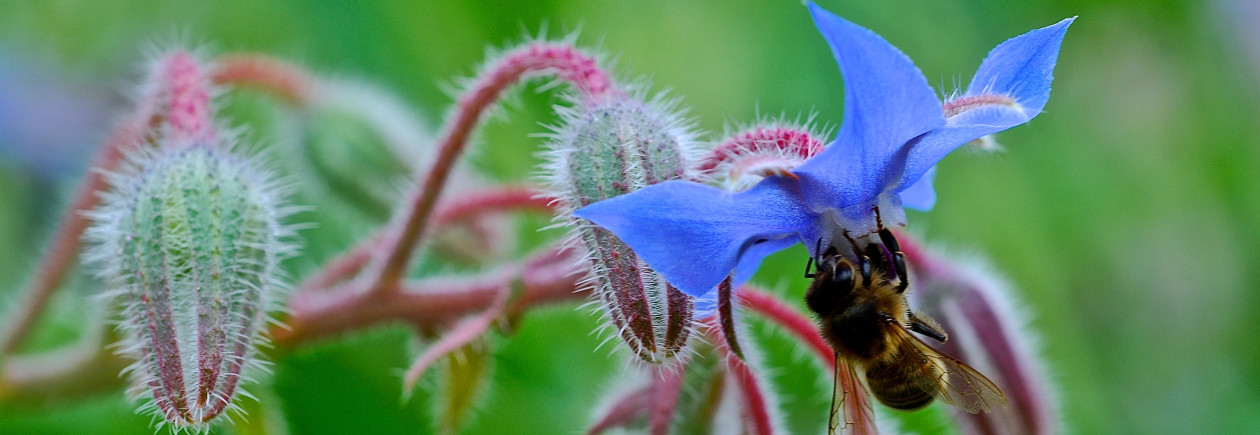This is not seaweed but a kind of calcified cold water coral and coralline algaehaving the Latin name of Lithothamnion calcareum.
It is dredged from the sea off the French and English coasts. It has been used by Cornish farmers since before c1650
In Northen France, it is called maerle and is used by Breton garlic, onion and broccoli farmers to improve their crops.
Calcified seaweed consists of about 50% calcium, 5-10% magnesium carbonate and a wide range of beneficial trace elements Zinc, Copper, Sulpher ,Iron,Manganese, Cobalt , Boron, which may be lacking in some soils treated with chemical fertilisers Which make’s it far better than garden lime for vegetable growers
At the same time, the calcified seaweed can transfer nutrients directly to the root structures of plants which are quickly colonised by soil bacteria and improve the establishment of worms, and contributes to a better soil structure and root development leading to better uptake of nutrents and trace elements
It is therefore totally different in composition to that of fresh seaweed which is made into seaweed meal(crushed and dried fresh seaweed), powdered seaweed extract (produced by boiling the seaweed and evaporating off its liquid content, leaving a concentrated solid extract that is powdered), and liquid seaweed extract (produced from fresh seaweed by water extraction). which is an organic balanced fertiliser.
It has been found that repeated annual dressings of calcified seaweed reduces, if not eliminates the slug population in that area. Alternatively, it can be piled up around plants as a slug barrier
When to use
Finally, calcified seaweed has notable flexibility. Not only can it regulate the pH of your soil, it can also be used at any point during the calendar year.
On heavy soils it is most effective at the time of final soil preparation e.g.autumn or early winter. Unlike lime it can be applied at the same time as manure is added to the soil
On lighter soils apply pre sowing, or before or during planting out
Application
recommended rate of application is 125g/sq. metre (4oz/sq. yard) either Sprinkle calcified seaweed over the surface of the soil, and and then lightly hoe it into the top 3″ – 4″. If applied early it may be left on the surface to wash in
Benefits
* improved soil structure
* deeper rooting plants
* increased availability of trace elements
* long lasting, does not wash away
* healthier than lime- no lock up of valuable minerals
* maintenance of correct pH for vegetable growing
* can be applied any time of the year
Further evidence of the benefits of coral/Calcified seaweed in the soil can be seen on the sub tropical island of Bermuda. Bermudian soil contains a large amount of coral fragments, the result of parrot fish nibbling the coral and this then washing ashore.
Over time this has created a soil rich in coral particles, which together with the hot climate creates ideal growing conditions for onions and brassicas. Before tourism became the main source of income for Bermuda, onions were the Bermudians main export, in fact they used to be nicknamed, ‘the Onions’. And you can still see small fields of broccoli and onions on the island.
Each month at Learn How To Garden Dot Com we'll publish a monthly video sharing gardening tips, how-to-dos and what-to-dos. Only subscribers will get access to these exclusive videos - all it will cost is your email address!
Please fill in your name and email address below and hit the submit button. You will get an email telling you when the latest Newsletter is available and notices of any new videos.
